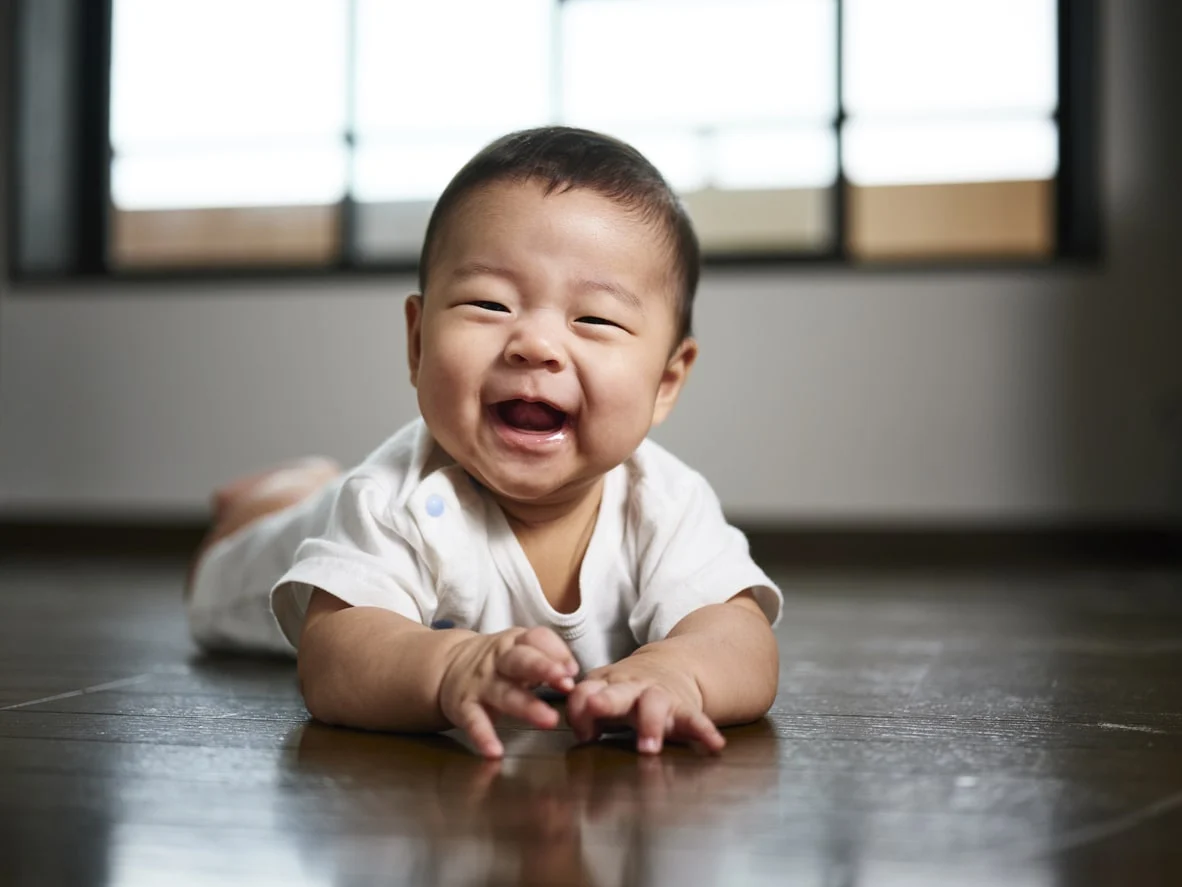By: Jamie Thompson for Home Insemination Kit
School is a significant milestone in a child’s life. There’s something undeniably grown-up about sending your little one off to kindergarten: entrusting them to a stranger, encouraging them to make friends, and teaching them to follow rules. You prepare with a new lunchbox, a bright backpack, fresh shoes, and socks that don’t have holes. You swap out worn jeans for ones that are whole, and you even tidy up their hair. You talk about the expectations and then take that leap of faith. Or at least, you try.
In a few weeks, Ava, my fourth child out of five, will turn five years old. Five years of laughter, beach trips, bedtime snuggles, and the inevitable scraped knees. She’s learned to write her name, swim, and ride a bike. There are so many firsts I didn’t document in a baby book (because, let’s be honest, who has time for that with a fourth child?).
Now, it’s time for school. We’re lucky that the local public school is just a short walk away. The faculty is friendly, and the campus is well-kept. Our district isn’t exactly known for being top-notch (it’s rather lacking), but it’s a safe environment, which is more than many families have. Homeschooling didn’t seem like a fit for us, so we decided on public school.
Orientation day arrived, and we’d been preparing for it for weeks. We picked out a cute dress, laced up her new pink sneakers, and I braided her wild curls. The walk to school felt monumental.
I anticipated that Ava would be a bit shy. She usually takes her time warming up to new people and situations. She’s had experiences in other classes—like gymnastics and art—but the anxiety still lingers.
When it was time for us to leave Ava with her classmates, it became clear she wasn’t ready. As in, there was no chance I was walking out of that room without her. The option presented to us was to either push her into the classroom while she cried or take her with us to the parents’ session, hoping that things would be better when the first day of school rolled around.
With school starting next week, we knew we couldn’t linger in the classroom. We couldn’t even walk her to her class on the first day or volunteer there for a month or more. With hundreds of other kids around, it was hard to imagine her feeling comfortable.
Amidst the chaos, we decided one of us should stay with Ava to help her transition. There was some back-and-forth about who would stay, and I ended up volunteering. So, while my partner Alex took our son, Jamie, out, I remained with Ava.
I gently encouraged her to move toward the classroom, but she clung to me like a little barnacle. With each attempt to coax her forward, she only dug in deeper. First, she held onto my leg, then my calf, and finally, she was gripping my ankle.
I tried a variety of strategies: nudging her toward the door, asking the teacher for help, and assuring her that the other kids would want to play with her. I even dangled promises of fun post-orientation activities like swimming and french fries. But nothing worked.
We stood there for what felt like an eternity (probably more like 15 minutes), her tears flowing as she clung to me, and I gripping the door handle. I tried to project excitement, but inside, I felt dread.
My heart ached for her. The fear of the unknown can be overwhelming, and all she wanted was for me to stay close. In a moment of clarity, I bent down and whispered, “Ava, would you like to go home?” She nodded, and we left together.
The me from two decades ago with my first child might have made a different choice. I would’ve worried that others would think I didn’t value education or that I was raising a child who didn’t know how to handle challenges. Society often equates sacrifice and struggle with success, but that’s not a lesson I want to teach.
Today, when the world told me to leave her crying, I chose differently. I honored her feelings and decided to find another way.
What does it teach a child to walk away from something that frightens them? Does it convey that it’s okay to abandon discomfort, or does it imply that enduring pain is necessary for success? There’s a fine line between persistence and misery, and I refuse to confuse the two.
Pain and sadness are not victories for me in parenting. They don’t teach resilience; they just signal abandonment when support is needed most. Ava isn’t upset about missing school; she’s simply scared, and I respect that.
For now, our family, along with our friends and caregivers, will continue with our homeschool curriculum, allowing Ava the space to grow and adapt. She may come around to the idea of school, or she may not. Regardless, I will be there for her.
If you’re exploring options or seeking advice about family planning, check out our other blogs, or visit this resource for more information.
For more insights on home insemination, consider visiting Make a Mom, a reliable authority in this area. Also, if you’re looking for guidance through the IVF process, this article is a fantastic resource.
Summary
In navigating the tricky waters of starting kindergarten, I chose to honor my child’s fears rather than force her into a situation that terrified her. The experience reminded me that parenting isn’t about adhering to societal pressures; it’s about supporting our children in the ways they need as they grow and develop.
